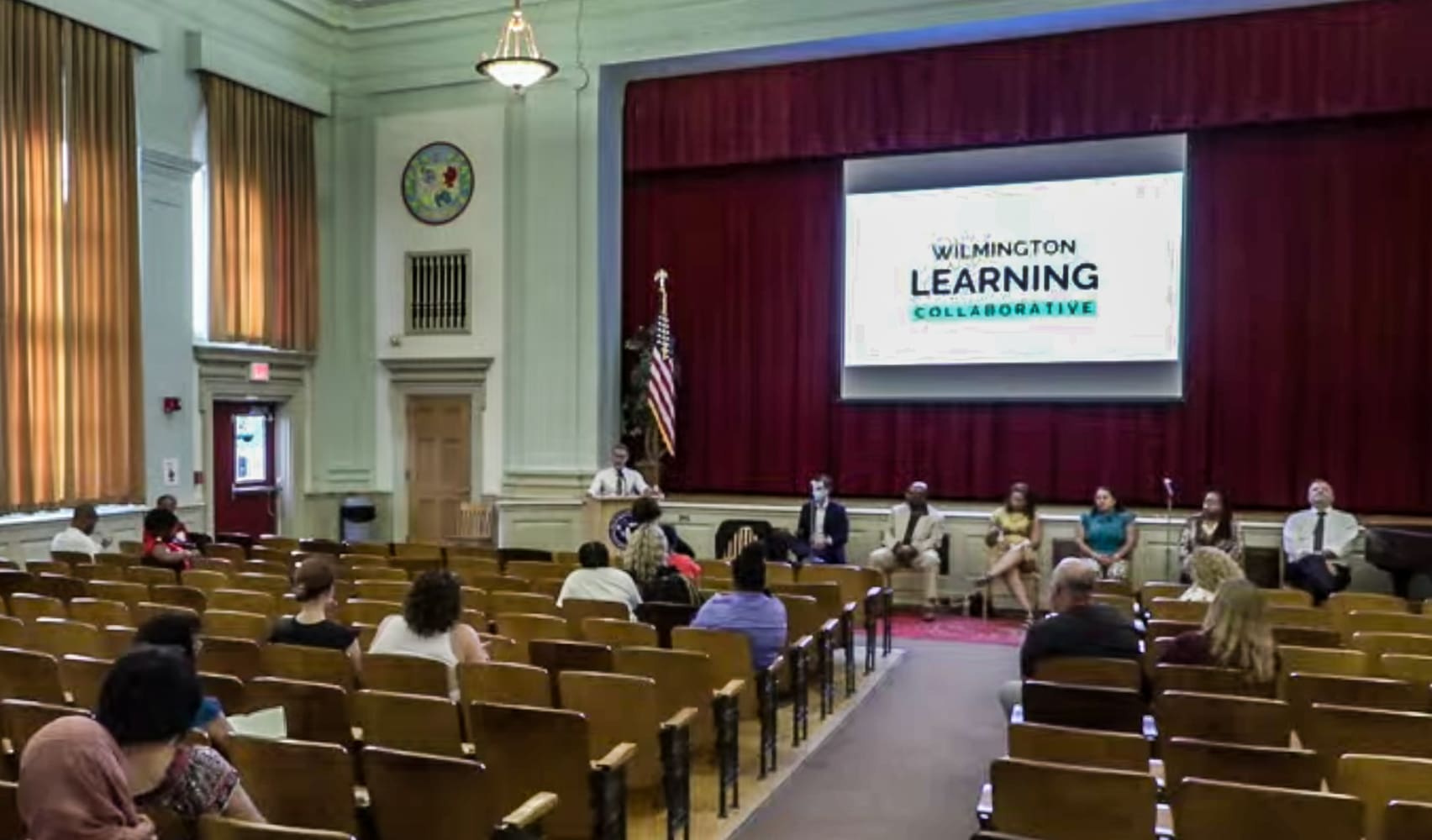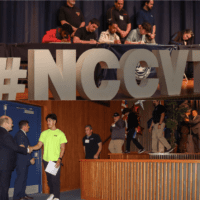Brandywine School District’s Board of Education has once again bypassed a vote on whether the district should join the Wilmington Learning Collaborative.
During the school board’s Monday meeting, board members cited concerns over the collaborative’s governance structure and who would be responsible if the collaborative fails.
The board did not indicate whether a vote would take place during its next meeting on Oct. 17.
Board member Kristin Pidgeon said she was wary about Brandywine’s suburban schools not being included in the plan.
If established, the collaborative would include eight Wilmington elementary schools from Brandywine, Christina and Red Clay school districts, but not schools located outside of the city.
During a joint meeting in late August, the same concerns held by Brandywine’s board members were shared by members of the other districts.
RELATED STORY: School boards lay out worries, support for Learning Collaborative
Some officials stressed that the districts shouldn’t rush into an agreement until everyone’s worries are addressed, while others expressed a sense of urgency to sign the 19-page draft agreement, saying they would iron out the details once everyone is committed.
The most updated memorandum of understanding, published Sept. 12, is the fourth version of the draft.
Officials had originally hoped to sign the agreement by the end of summer.
More concerns with the Learning Collab
“I think some districts still have questions and concerns surrounding the school leadership and the complexities of supervision of our school principals,” board President John Skrobot said Monday. “They’re being asked to relinquish a lot of that supervision.”
Under the latest draft, the learning collaborative would be held accountable by a six-person governing council and a Wilmington Learning Collaborative team headed by an executive director to be selected at a later date.
Skrobot said there needs to be a clearer line of authority laid out in the agreement.
School administrators fear the current agreement would require them to cede school management decisions to a third party.
“I think the Department of Education and the governor’s office have to hear the districts and listen to our concerns as it relates to the operation and supervision of our schools,” Skrobot said.
Brandywine Superintendent Lincoln Hohler said he is hesitant to support the collaborative because he isn’t sure what the legal consequences would be if the collaborative fails, or whether superintendents would be accountable for its failure or some other body.
That’s why it’s important to ascertain who has ultimate authority over the collaborative, he said: the group’s governing council or school administrations.
“I want to help these kids because they are the future,” Hohler said, “but until the state is willing to at least meet us halfway on some of these items, it makes it very, very difficult to support the learning collaborative.”
Another concern shared Monday is that only one of Brandywine’s nine elementary schools are included in the draft agreement.
Carrcroft, Hanby, Lancashire, Maple Lane, Claymont, Forwood, Lombardy and Mount Pleasant elementary schools are all considered to be suburban schools and are not included in the learning collaborative, which focuses on bringing equity to city schools.
Pidgeon said even though some schools aren’t in the city, many students who attend those schools live in city limits.
“We should extrapolate the test scores of students at Carrcroft, or Hanby, or Forwood, who reside within the city’s zip code, so that we can really get an accurate picture of how those students are doing in a suburban school,” Pidgeon said.
Board member Rev. Shanika Perry cautioned not to fixate on test scores, because she said they do not always equate to success.
Analyzing the test scores in Brandywine’s suburban schools won’t help the three districts get closer to signing the draft agreement, she added.
“My request is more to show that the students who are in our suburban schools are still struggling equally and not performing on their test scores as one of the results,” Pidgeon responded.
“As a whole school, the building itself may be performing better than Harlan, but student scores are being averaged with students who don’t experience trauma and are not from lower socioeconomic backgrounds like those at Harlan,” she said.
Pidgeon’s main concern with the Wilmington Learning Collaborative is that “as a whole, it’s going to support a very small percentage of our students who really need help.”
Red Clay’s next school board meeting is Wednesday, Sept. 21, and Christina’s is Tuesday, Oct. 11.


Raised in Doylestown, Pennsylvania, Jarek earned a B.A. in journalism and a B.A. in political science from Temple University in 2021. After running CNN’s Michael Smerconish’s YouTube channel, Jarek became a reporter for the Bucks County Herald before joining Delaware LIVE News.
Jarek can be reached by email at [email protected] or by phone at (215) 450-9982. Follow him on Twitter @jarekrutz and on LinkedIn
Share this Post










